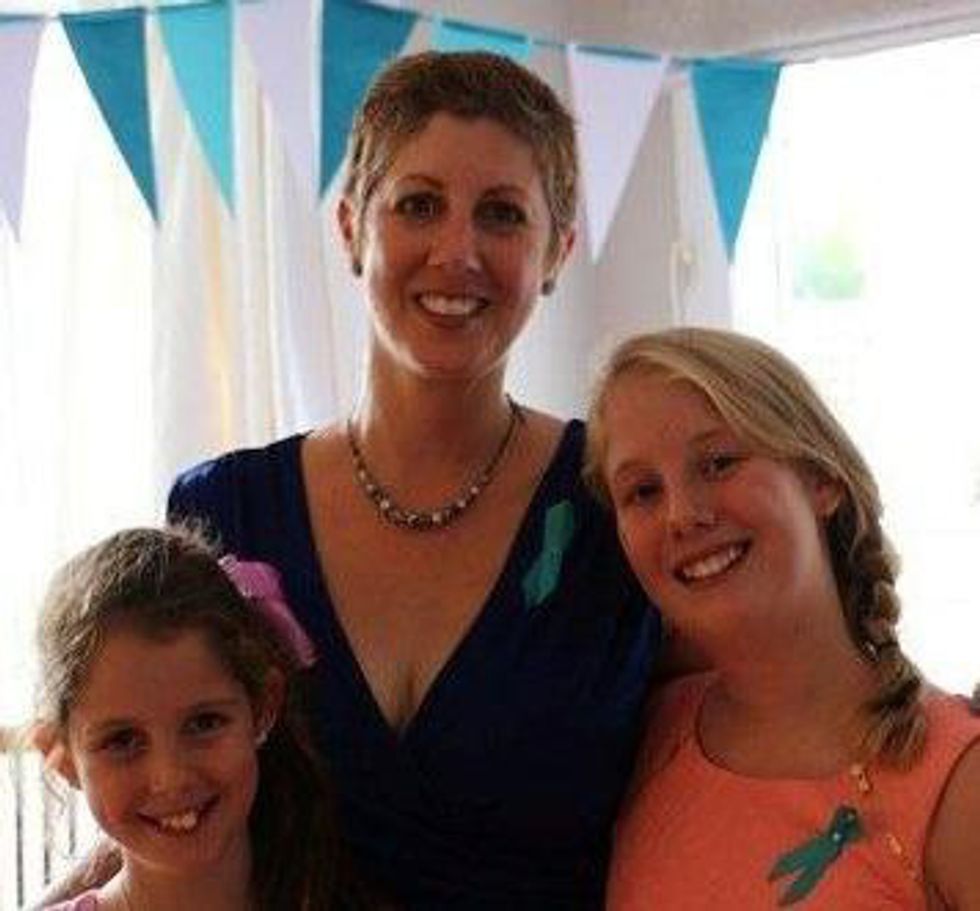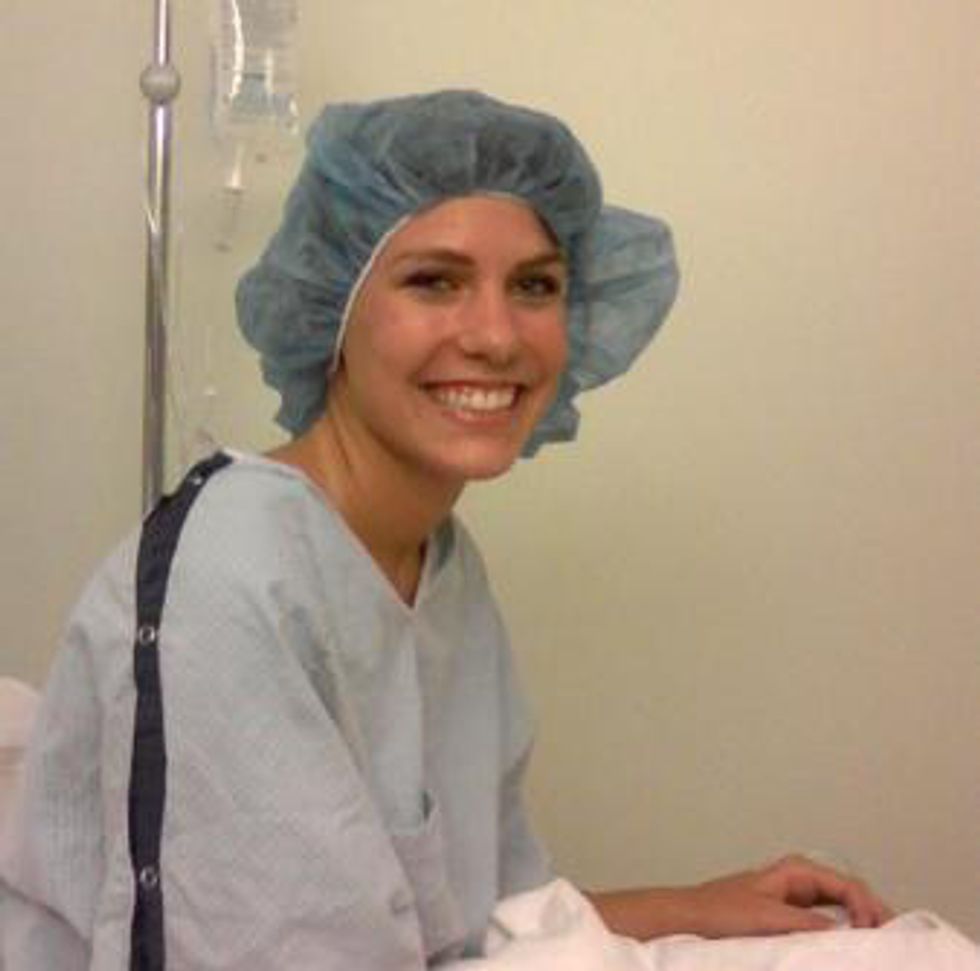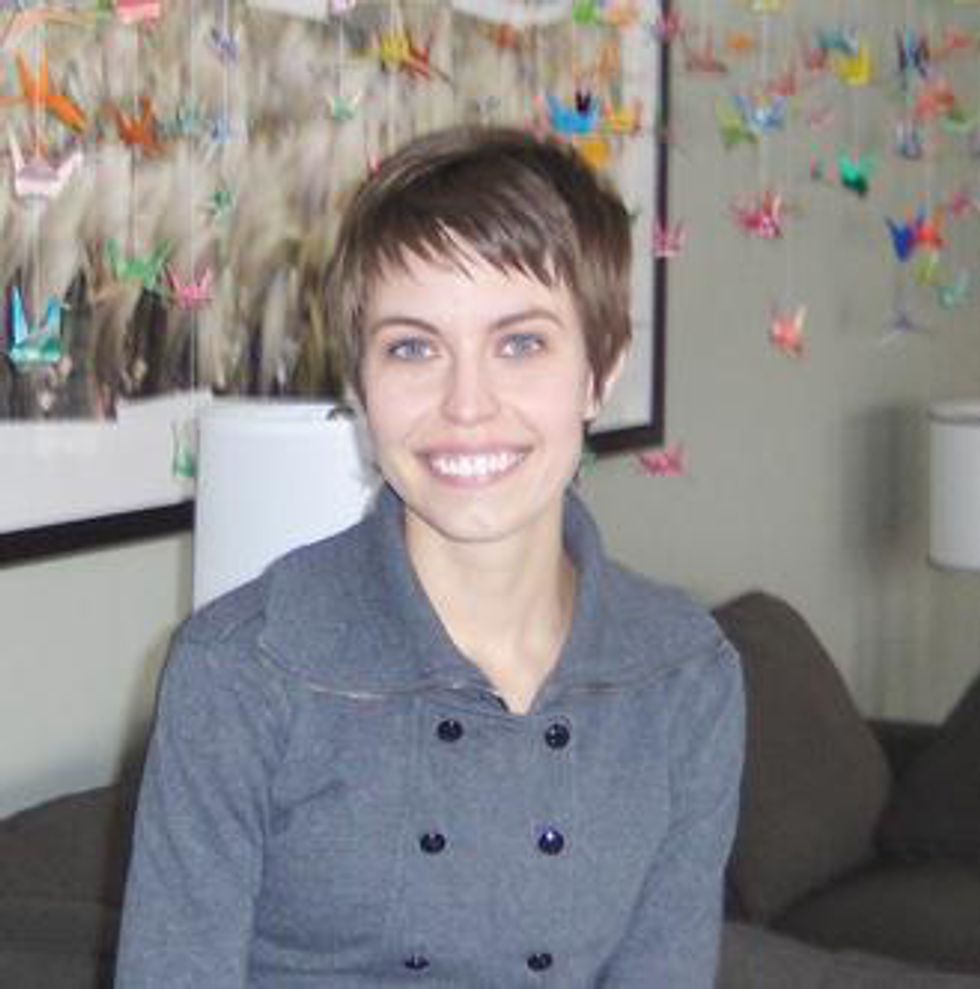September marks the end of summer, the beginning of football season, and the re-introduction of everyone’s favorite Starbucks drink. What many don’t know is that September is also Ovarian Cancer Awareness month. Before joining Sigma Alpha Omega, a sorority that actively supports ovarian cancer awareness efforts, I knew almost nothing about the disease that plagues around twenty to thirty thousand American women each year.
After reading the stories of Andrea, Julia, Bri, and Sarah and learning about the symptoms, treatments, and typical recovery journeys of ovarian cancer patients, I hope you’ll better understand the importance of finding a cure for the disease.
Most ovarian cancer patients experience symptoms similar to Andrea’s prior to their diagnosis. When Andrea was 40 years old, she decided to “get healthy” by eating better and exercising regularly. Soon after starting sprint training workouts, she noticed a few physical changes to her body. She was experiencing fatigue and pain on her left side, urinating more frequently, and having spotting between her periods. Upon examination her doctor said she was fine, and she initially believed him even though her “heart told her something was not right.” For months she tried to ignore her symptoms as they disappeared and reappeared. Finally after experiencing unbearable pain in her ovaries she went to the emergency room and soon was diagnosed with stage 2 ovarian cancer.
Both Andrea and another ovarian cancer patient, Julie, had surgery almost immediately after learning they were sick. After having a laparoscopy, a full hysterectomy, and ultrasounds, Julie learned cancerous cells from her ovaries had spread to her navel area. Julie persevered through losing her hair, enduring great pain, and undergoing several tough weeks of chemotherapy treatments by relying on her “network of friends and family for support and texting them regular updates” of how she emotionally and physically felt. Julie’s positive attitude encouraged the people around her just as much as their love boosted her spirits.
Julie and a much younger ovarian cancer patient, Bri, have both achieved remission after enduring long months of treatment. Many falsely believe that only middle-aged women can have ovarian cancer, but Bri first learned she had the disease when she was just 20. Bri has fought cancer, gone into remission, and been re-diagnosed twice. Everyday whether she is undergoing treatment in the hospital, spending time with her loved ones, or going about daily activities, she desires to “live and love harder” and push herself to “new mental and physical limits.” She also shares her story whenever she has a chance, hoping to “make a difference” and be the voice of others who have passed away from her disease.
One of the people who has died from ovarian cancer is Sarah. Upon her death her family started the Small Cell Ovarian Cancer Foundation to “honor her amazing determination to beat cancer,” “fund research,” and “raise awareness about ovarian cancer symptoms.” By sharing this article full of inspiring ovarian cancer patient stories and information about the little-known but potentially deadly disease, you can not only support the work of Sarah’s family during Ovarian Cancer Awareness month but possibly help save someone’s life.



























